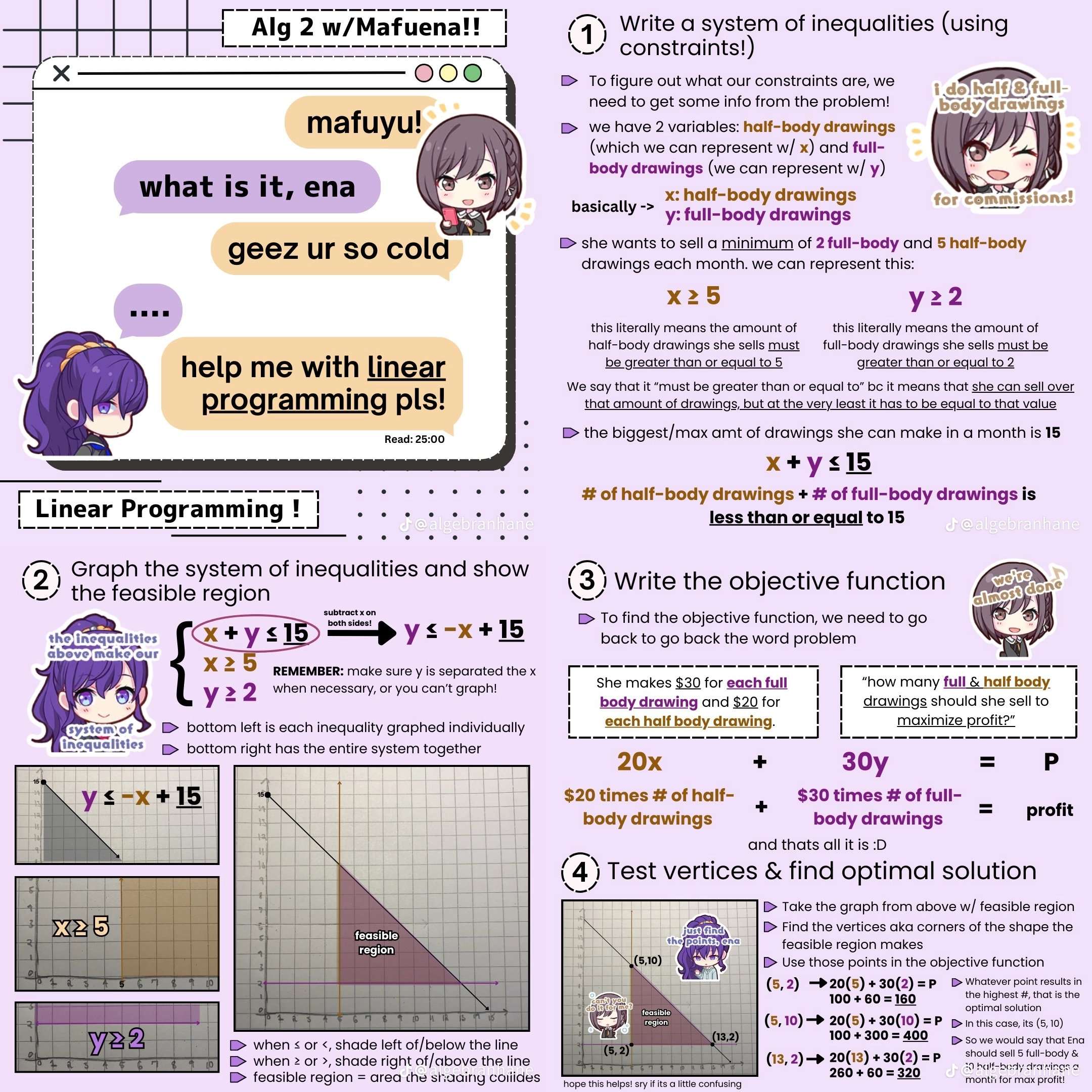Hi folks. I am a CS major taking a 3rd year course in relational databases. The example DBs we study are pretty much all either a school or a company. On the bright side we get to do a project of our own design with C++ and Oracle DB. Has to be some kind of program that makes use of a reasonably sophisticated schema.
I was thinking I could make a DB program that does economic planning, but I don’t know what direction to go with it, really. Maybe the kernel of it, the usefulness could be, computing everything down to hours of human effort using the LTV. Labour time accounting. For example, we create a profile for what we want the living standard to be, like private and shared square feet per person, food choices, clothing choices, level of convenience of transport etc. Then the program could use a database containing information about the SNLT to produce different products and services to compute what professions would be needed and how much we all need to work, basically.
But like any idea this is starting out huge. So does anybody have ideas for how to make this small but extendable? Or different directions go with it, or totally different ideas that you have?


Paul Cockshott also has a Youtube Channel where he talks about such things. I haven’t read the book either, but doing economic planning with Neural Networks sounds a little adventurous, because generally it is hard to reason about it’s decision processes. And having a plan that you can’t explain is risky at best.
Cockshott also has done some work with Thomas Härdin about economic planning with Linear Programming [LP] and Mixed Integer Linear Programming [MILP]. This also slots in nicely with your original question. As @[email protected] has said, Databases are only part of the solution here. Economic Planning is an optimization problem and you need methods (like LP) to solve it. For more complex problems (like economic planning) you will need an understanding in linear algebra and matrices, here is a nice short (and cringe) introduction to LP that I found in some math discord a while back:
But note that they use a graphical approach to solve the problem, of course there are also numeric approaches to solve an LP problem.